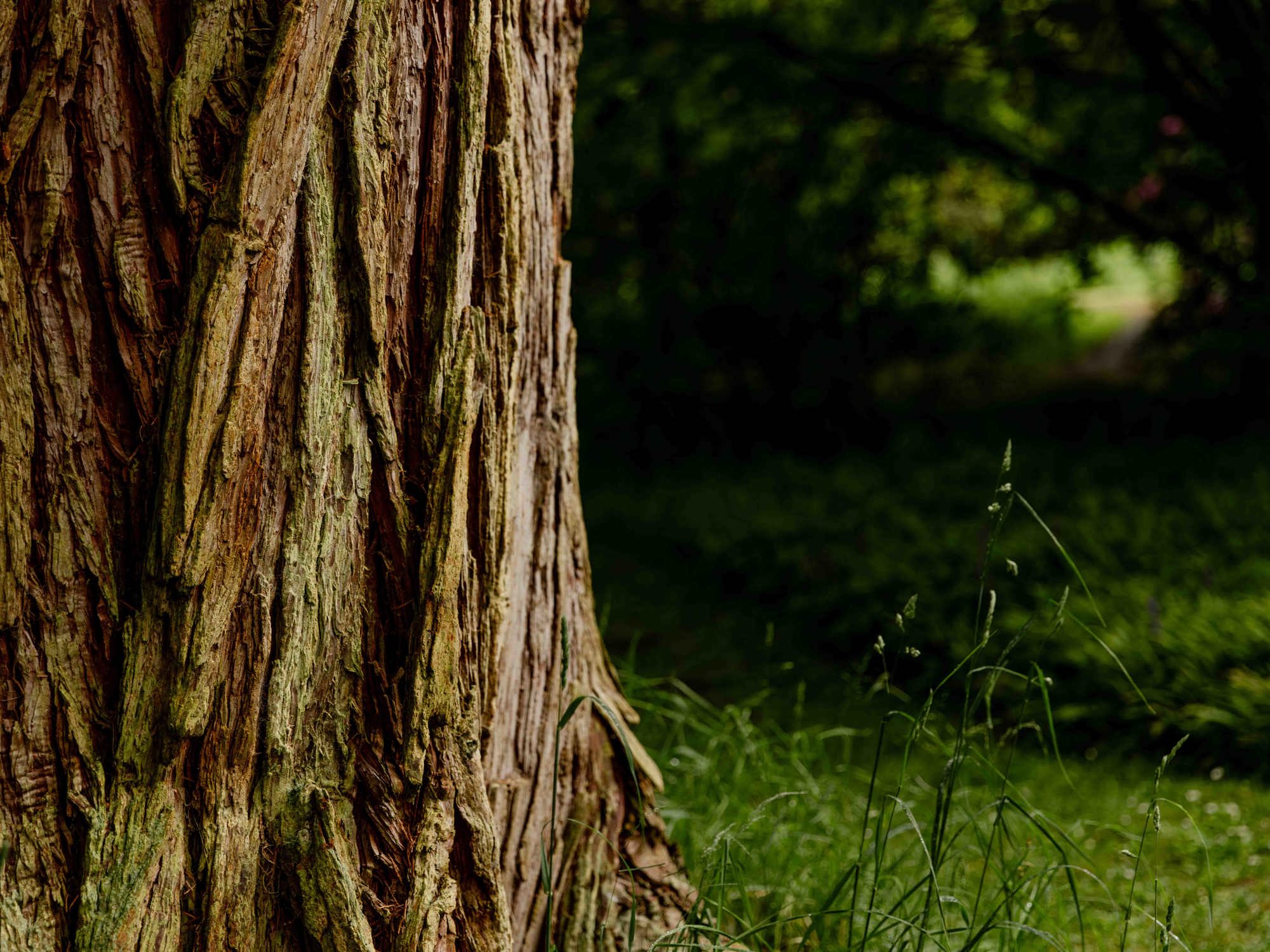During the week Sir David Attenborough was seen crossing continents in search of desert plants, species featured in his Green Planet series highlight an important aspect of life much closer to home. The Glasshouses of the Royal Botanic Garden Edinburgh (RBGE) might be shut for major restoration, but the enigmatic little Lithops, or stone plants, described by him are among the arid region species being tended behind closed doors, until they can once more meet their public.
With construction enabling works now well underway for the Edinburgh Biomes project, many of the Garden’s desert plants are currently off the main site at Inverleith and taking up temporary accommodation at the RBGE Nursery. As part of her role in assessing funding requirements for the Biomes initiative, Director of Development Emma Lacroix has been visiting Gunnar Ovstebo and his team of conservation horticulturists tasked with caring for the rehomed botanical rarities.
Recognising how the BBC 1 Green Planet series is providing a powerful voice for many of the species at RBGE, Emma Lacroix noted the need to speak beyond the construction site now obvious at Inverleith. Instead, she stressed the requirement to remember the massive restoration project now underway is about the plants being researched by RBGE scientists and grown by its specialist conservation horticulturists.
“It would be far too easy to form the opinion that the Edinburgh Biomes project is all about buildings,” she commented. “Fundamentally, the restoration work to our Glasshouses is about protecting a world-leading collection of priceless plants at a time when conservation efforts have never been more crucial in the face of the biodiversity crisis and climate emergency. Plant species are disappearing at an alarming rate around the world – but also closer to home, in Scotland. The onus is on research institutes such as RBGE to ensure we not only address the damage being done to our fragile planet but that we also communicate our work as widely as possible.”
Collaborating with partners around the world, RBGE is tackling a wide range of contemporary environmental challenges. However, a major contribution in provoking change is not with the experts but in the possibility of inspiring members of the public to want and expect change for the better. The puzzling little Lithops, with many common names including stone plants, mimicry plants and flowering stones have been an important part of that process for years.
No one understands this better than the teams who care for RBGE’s Living Collections across its four Gardens in Scotland: “As well as our Science, Horticulture, formal Educations courses, we are committed to engaging members of the public at every level,” Gunnar Ovstebo commented. “Until the Glasshouses in Edinburgh closed for their part of the refurbishment programme, tubs of little Lithops sat at the door of our Arid House, attracting the attention of thousands of visitors throughout the year. They are, perhaps, little curiosities but they have the power to attract attention when needed. If they can inspire an interest in the environment, then they are doing valuable work”
The good news is that while the Glasshouses at the Edinburgh Garden will be closed for most of this decade, the outdoor Living Collection of plants also includes many botanical stars featured in Green Planet. They are joined by the collections at RBGE’s three Regional Gardens at Benmore, in Argyll; Logan, in Dumfries & Galloway and Dawyck, near Peebles in the Scottish Borders. Each, in their own way contributing to RBGE’s research, conservation and education work in around 50 countries.
ENDS
For further information, interviews, or images, please respond to this email or contact Shauna Hay on 07824 529 028 or Suzie Huggins on 07385 491 460
EDITOR’S NOTES
The Royal Botanic Garden Edinburgh (RBGE) is a leading international research organisation delivering knowledge, education and plant conservation action around the world. In Scotland its four Gardens at Edinburgh, Benmore, Dawyck and Logan attract more than a million visitors each year. It operates as a Non-Departmental Public Body established under the National Heritage (Scotland) Act 1985, principally funded by the Scottish Government. It is also a registered charity, managed by a Board of Trustees appointed by Ministers. Its mission is “To explore, conserve and explain the world of plants for a better future.” Learn more: www.rbge.org.uk

